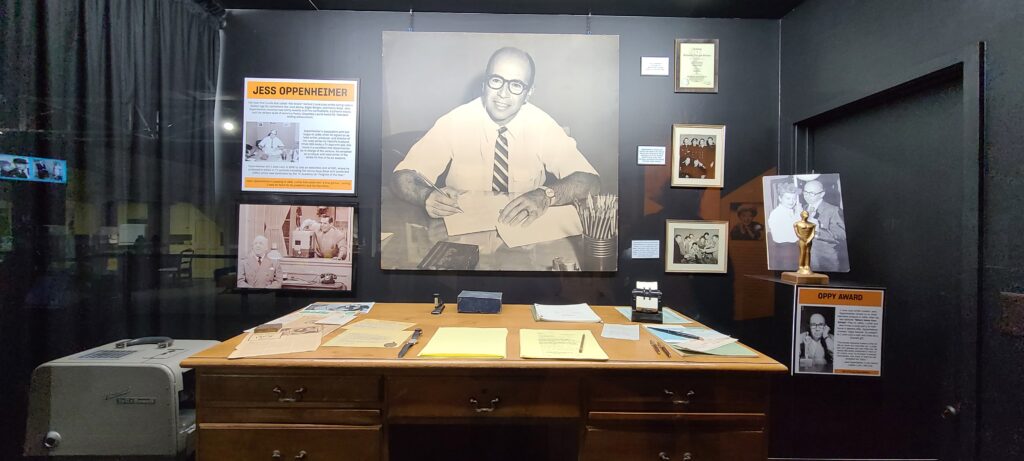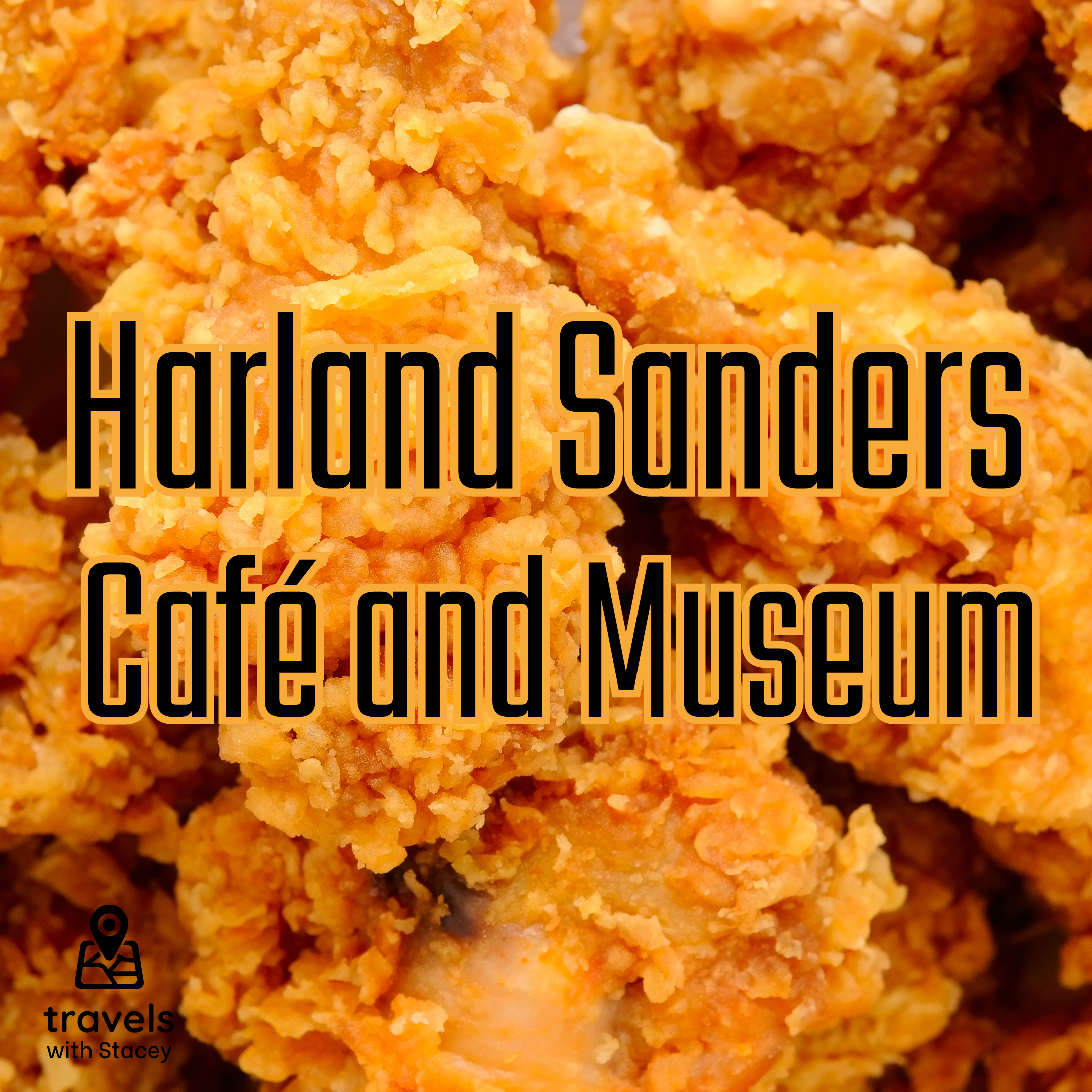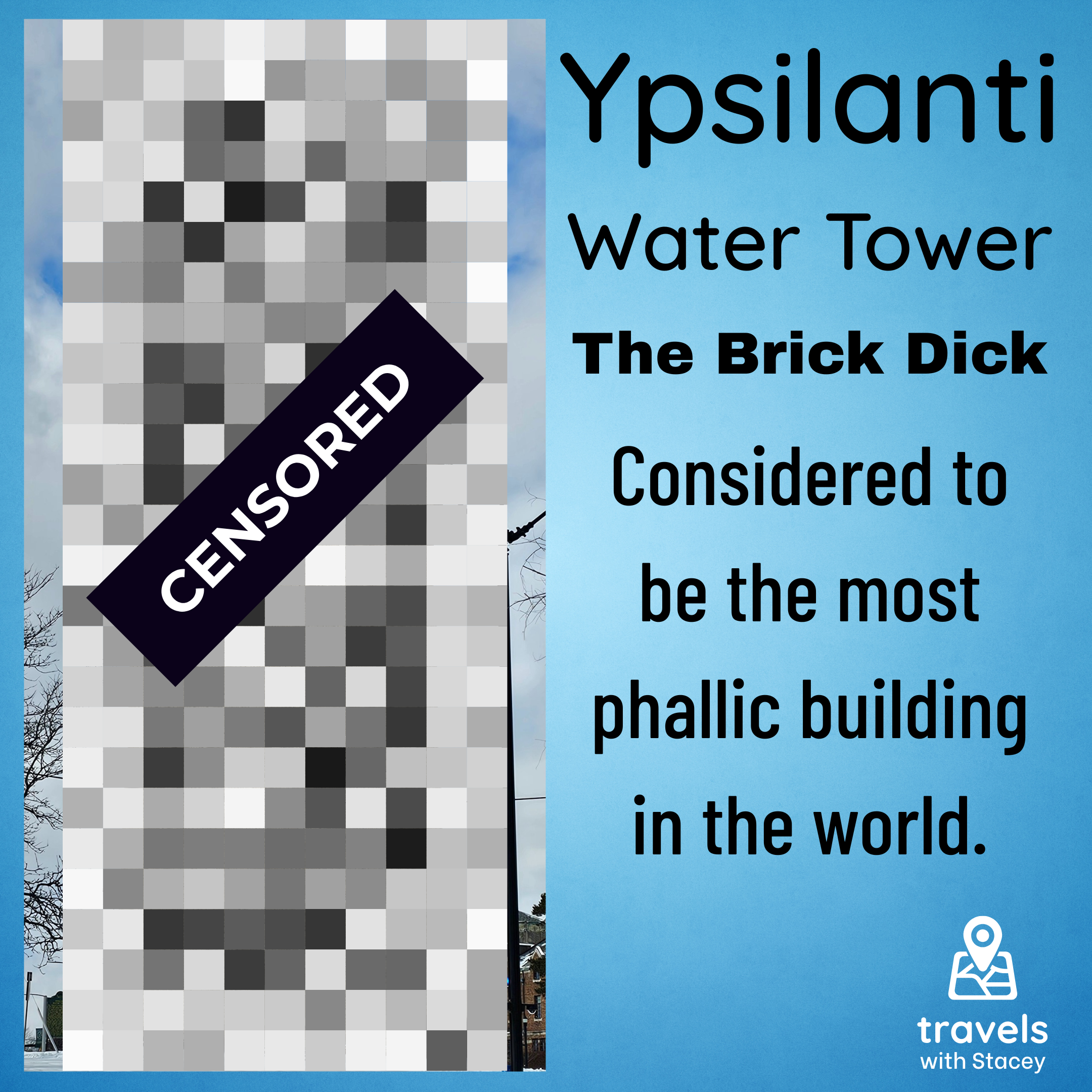I handed my membership to the girl at the cash register. I asked her if she had ever watched Lucy. She replied that she had just watched an episode when she started here.
When I started watching I Love Lucy as a kid in the 1970s, it was already a dated television program. Then, it was already in syndication for 20 years, originally airing in the 1950s. Today, I am surprised that anyone even knows who she is.
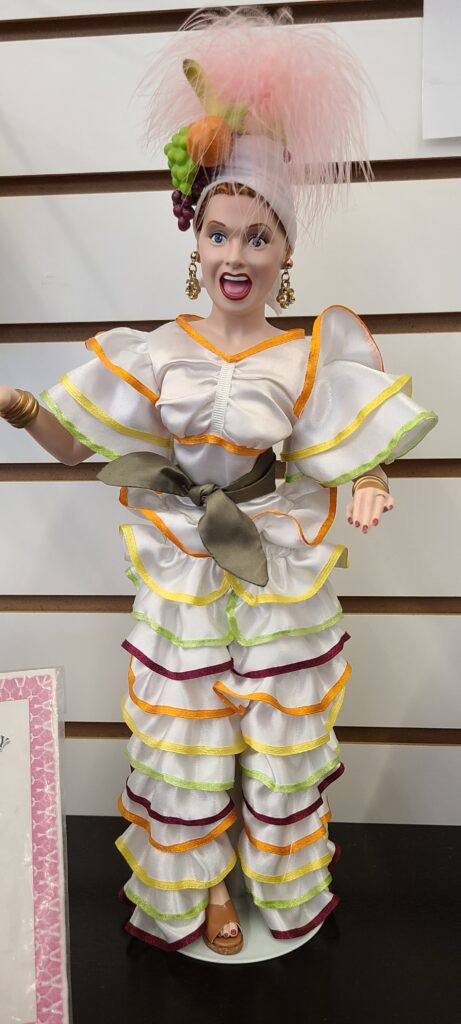
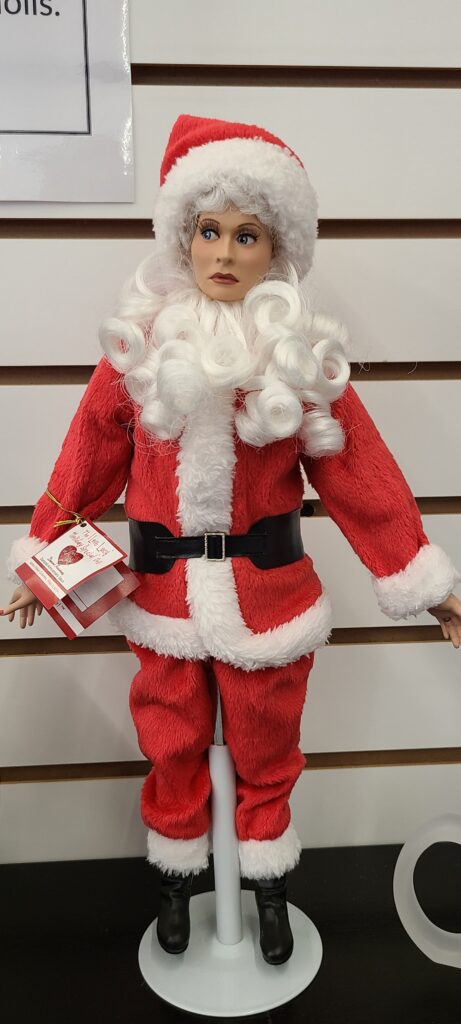
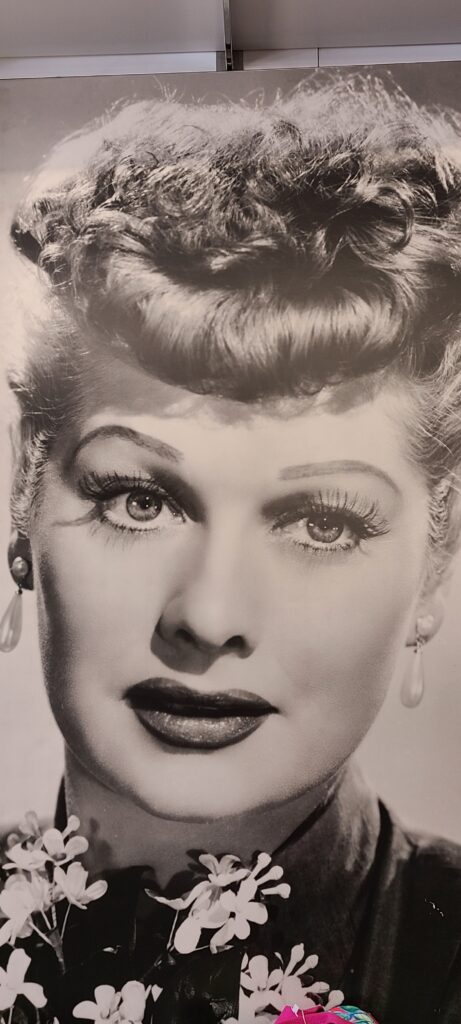
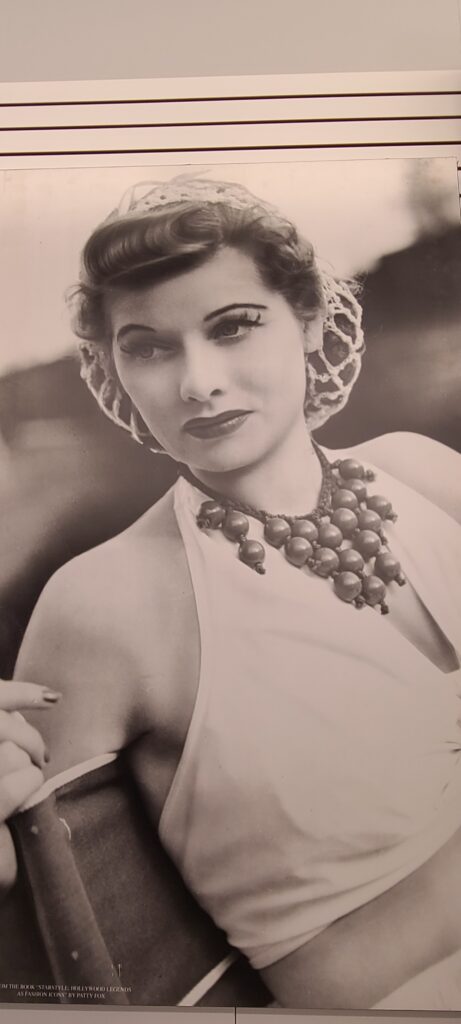
But that is the purpose of this museum, to show who this incredible woman was. Lucille Ball was a resident of Jamestown and remained connected to this New York city all through her life. In one of the parks, there are two statues in her honour. One is nicknamed “Scary Lucy” since its construction was less than ideal. A newer one is a much better representation of her likeness.
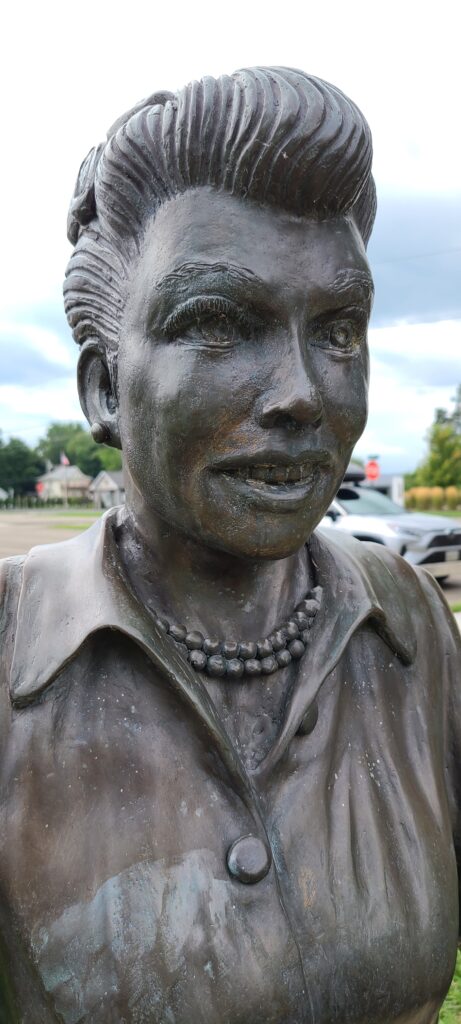
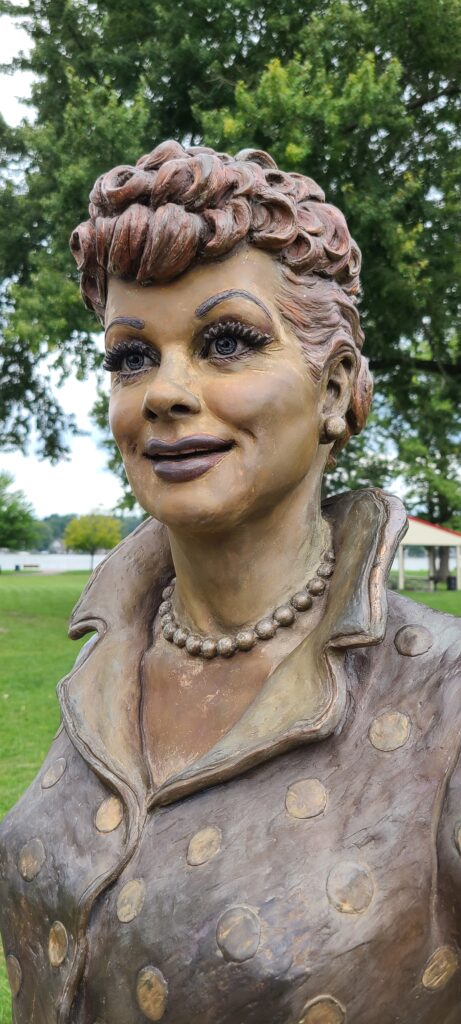
On a previous visit to this city, we visited her gravesite. It was easy to find, with the iconic heart shape on the ground leading the way. As with nearly every gravesite, if you didn’t know the person, there is little to express who they were and what they did.
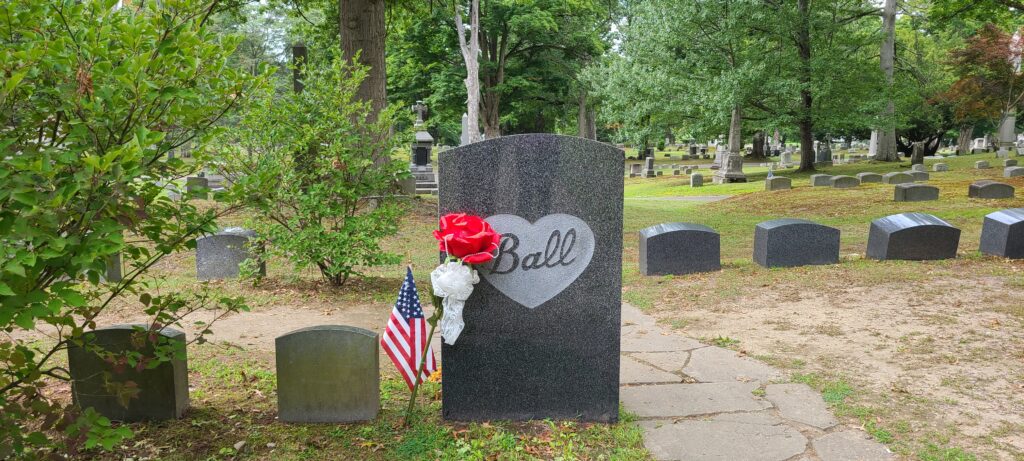
Several murals depict scenes from I Love Lucy are located in town. A few years back, the National Comedy Centre opened in Jamestown, fulfilling Lucille’s vision of making her hometown a central hub of comedy. I will visit this location when we are in the area again.
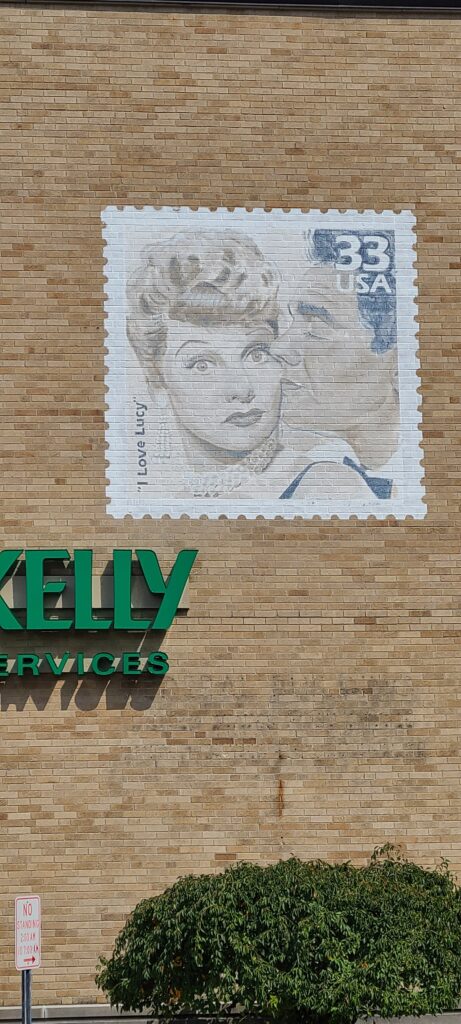
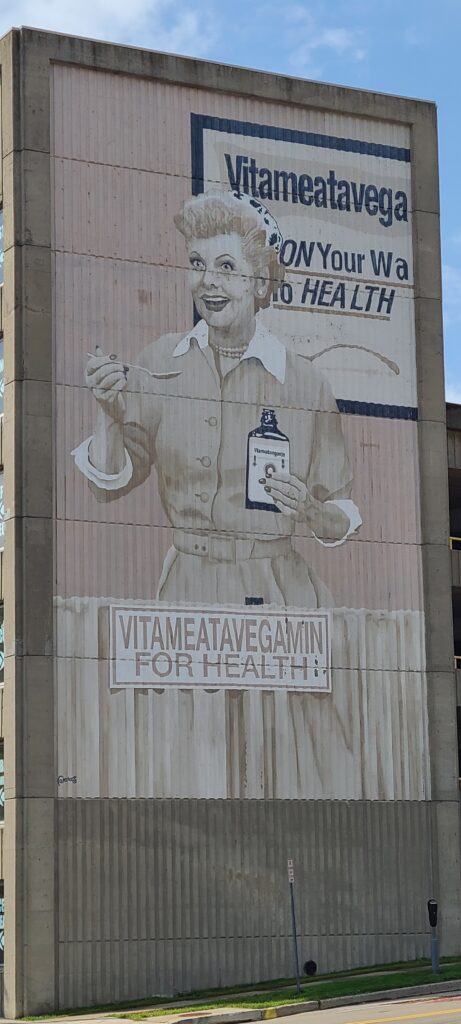
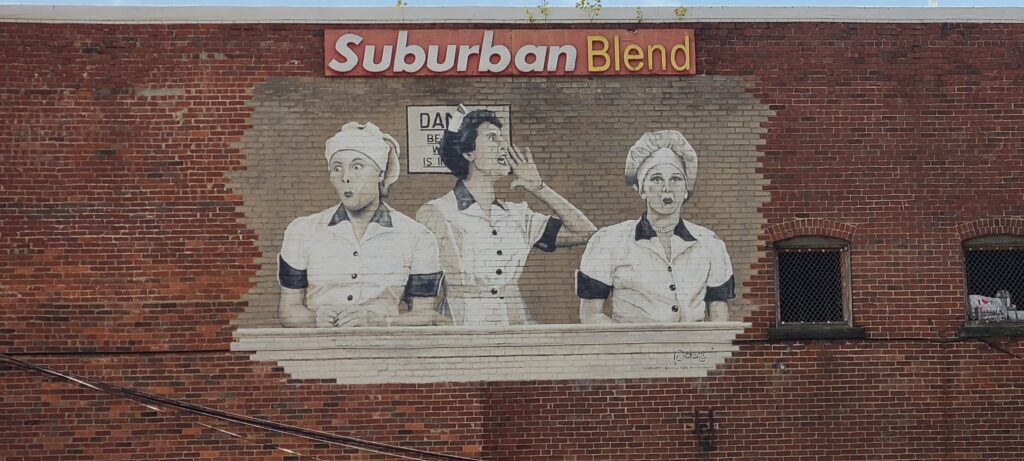
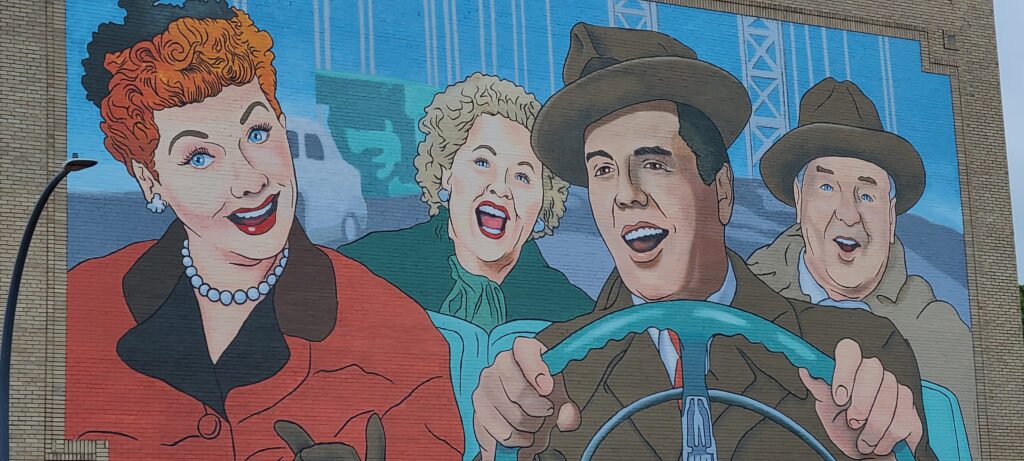
The museum is split into two sites that are side by side. The first pays homage to the comedic couple who changed television history. As we perused the displays, I was flooded with memories of this TV show that I watched as a kid.
The museum does discuss her marriage to her Cuban husband and the controversy that the viewing audience would not accept an All-American Girl being married to a foreigner. Lucy stood her ground, and the only way she did the show that would bear her name was to have her TV husband be played by her real-life husband.
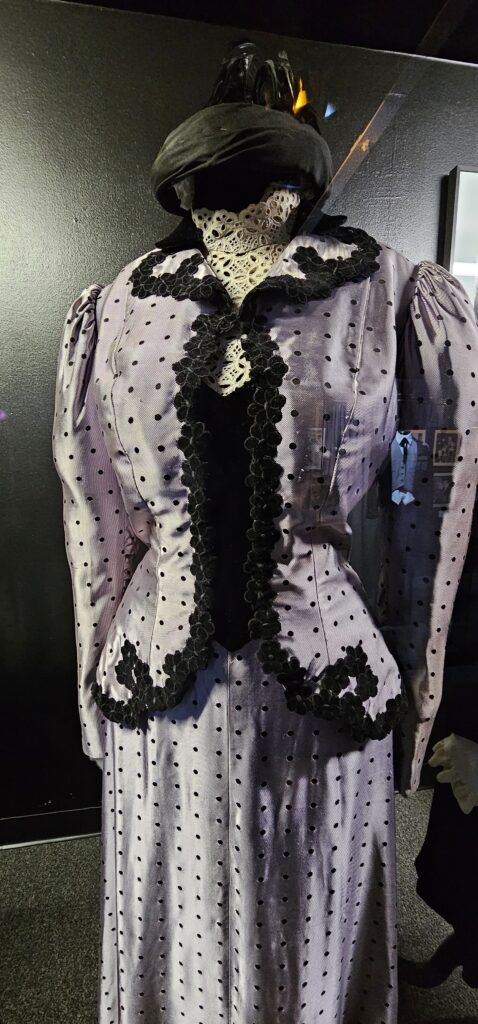
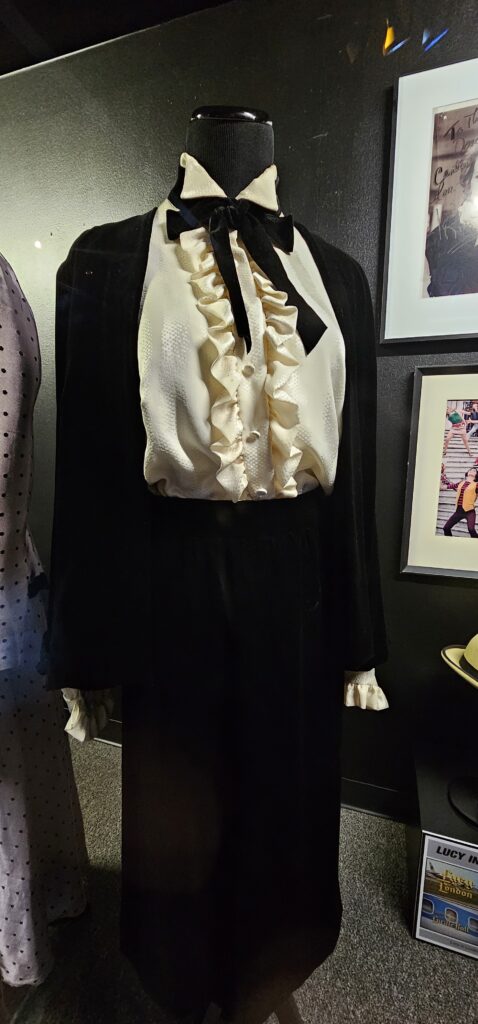
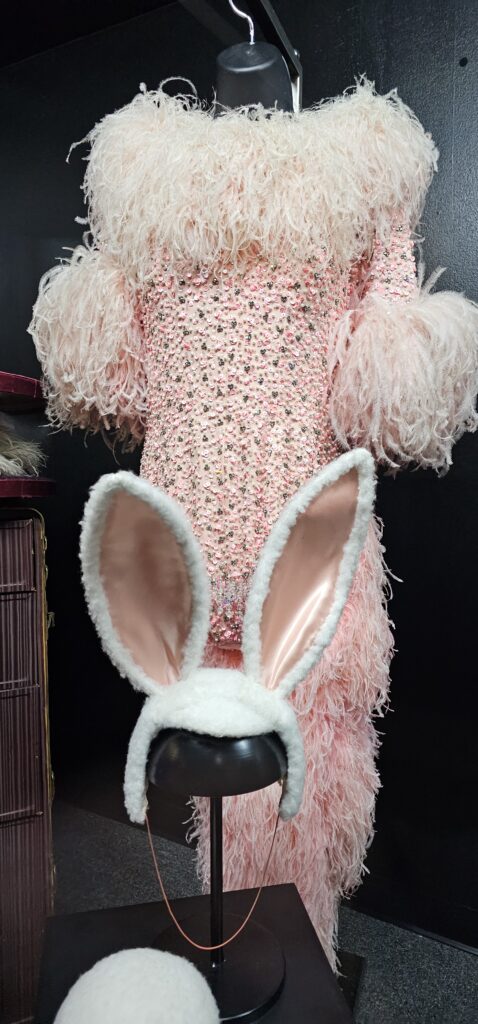
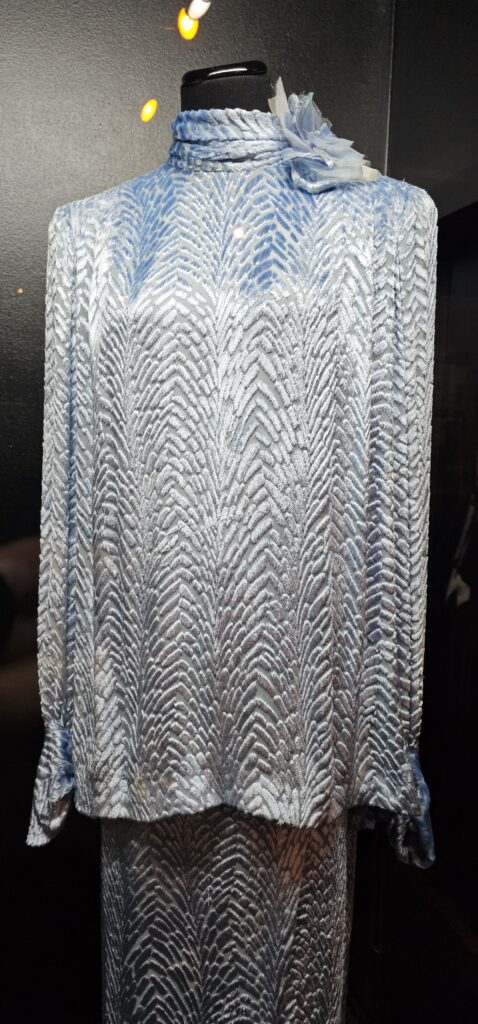
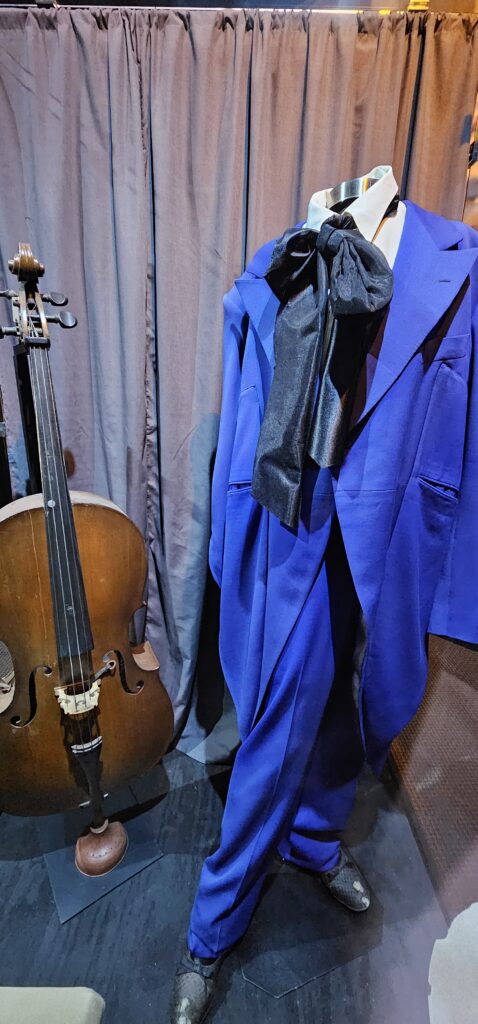
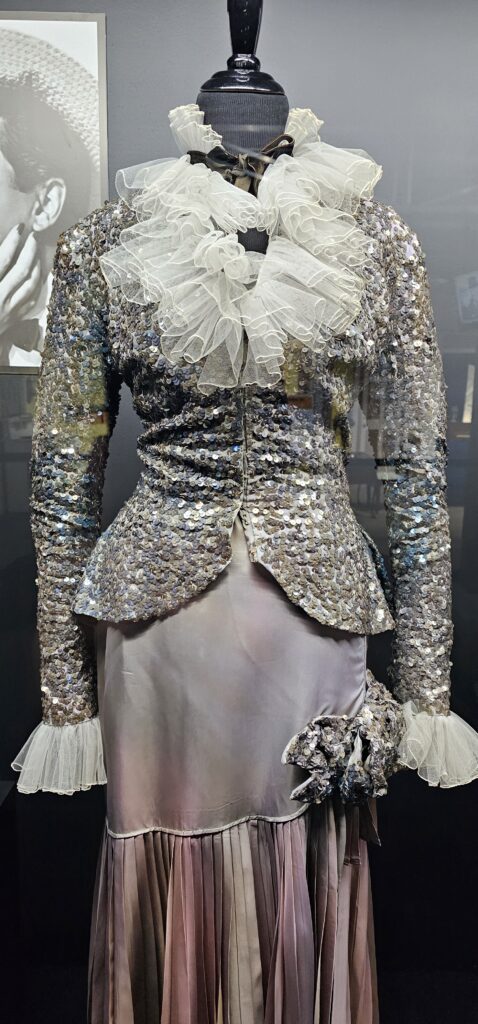
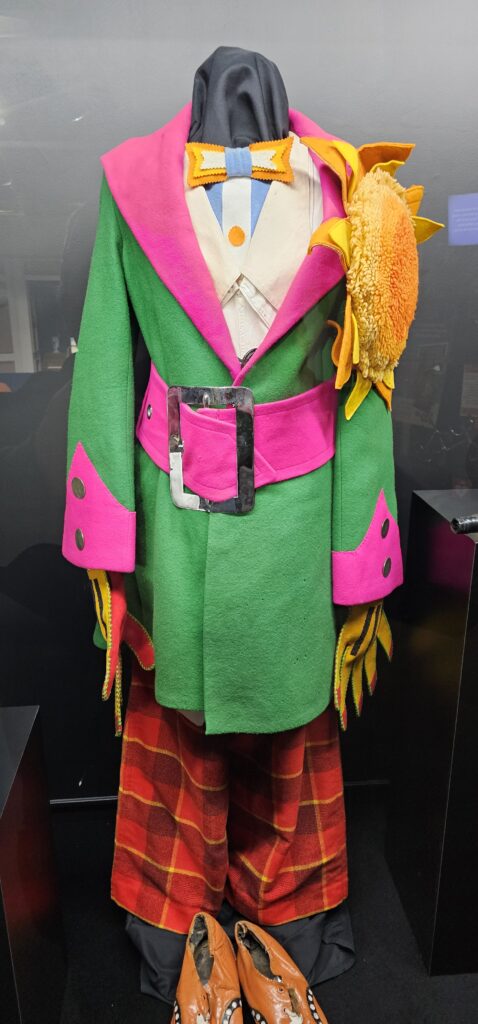
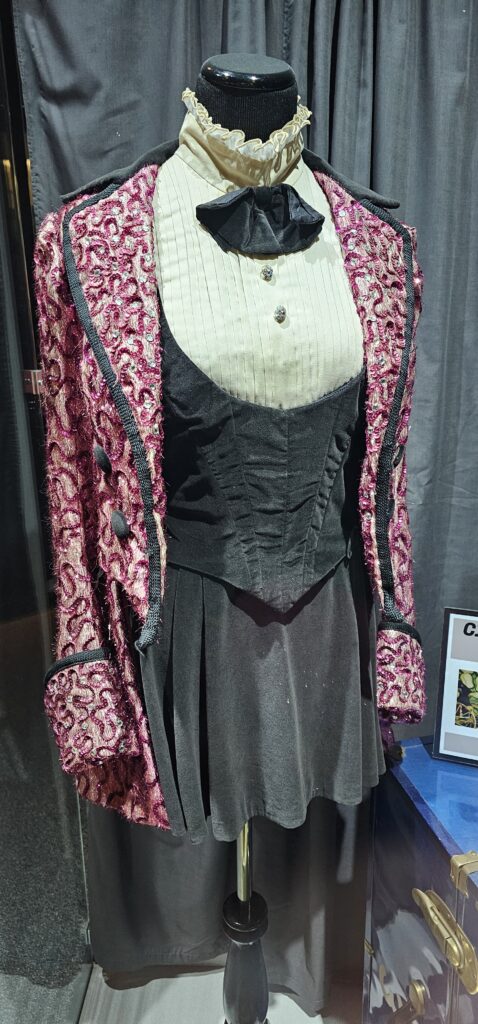
Sadly, their marriage would not survive after their show. I knew they divorced, but after the trip to the museum, I understood the challenges and demands that a Hollywood lifestyle places on a couple and what led to the divorce.
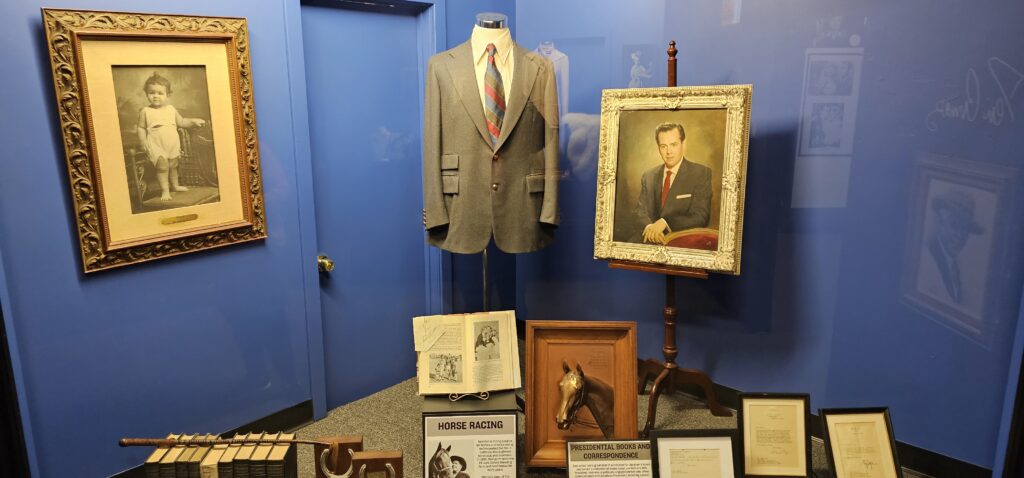
This museum contains several displays of various costumes used in the episode. I remembered some of them and even described the episode to Charlene. To my surprise, Charlene had very little experience in watching I Love Lucy. I had figured it was a staple in everyone’s life, but it was not.
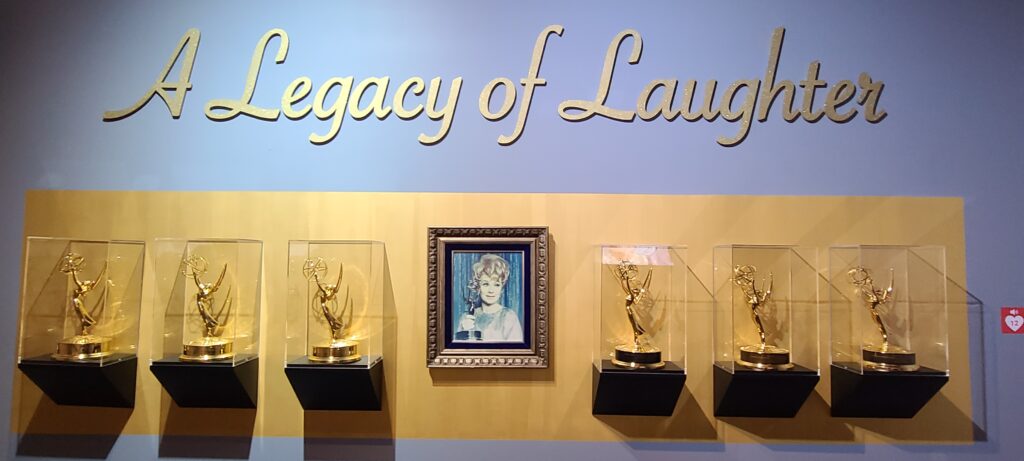
The second section of the museum requires leaving the first and walking a very short distance to the other entrance. At this location are recreated TV sets. I Love Lucy was filmed in black and white, and one of the displays described that everything was painted in various shades of gray, even the fabric on the clothes and furniture. I had assumed that a
A live audience would have been privileged to see this show in colour.
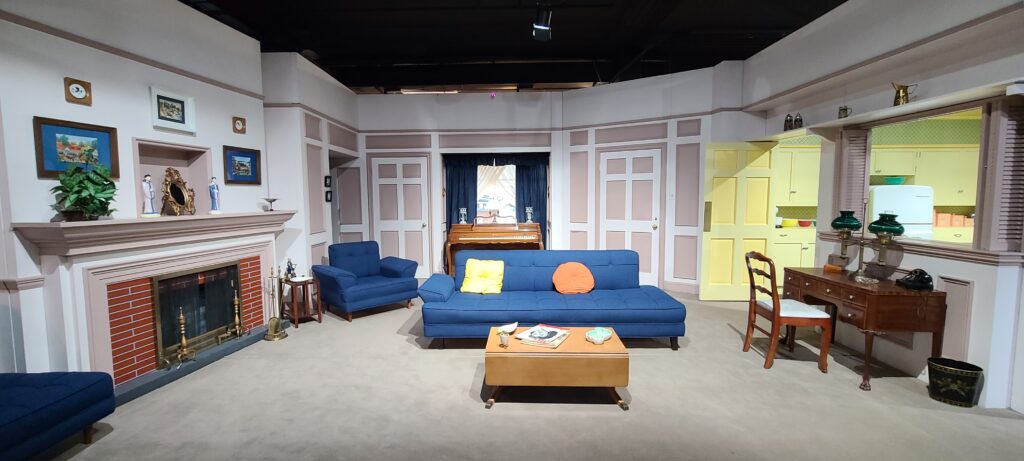
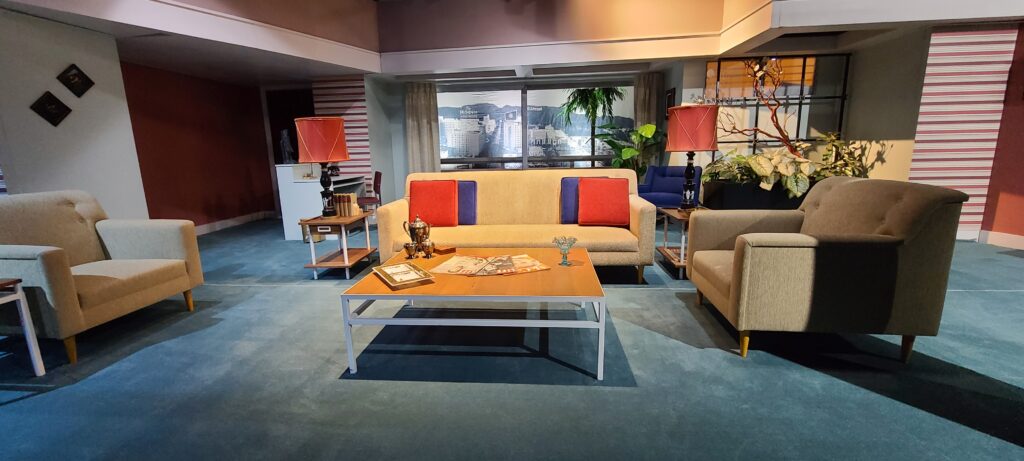
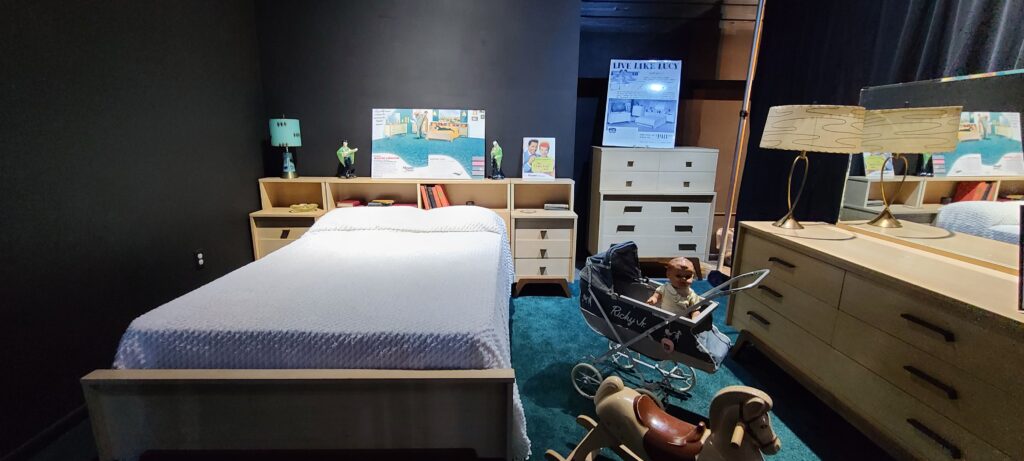
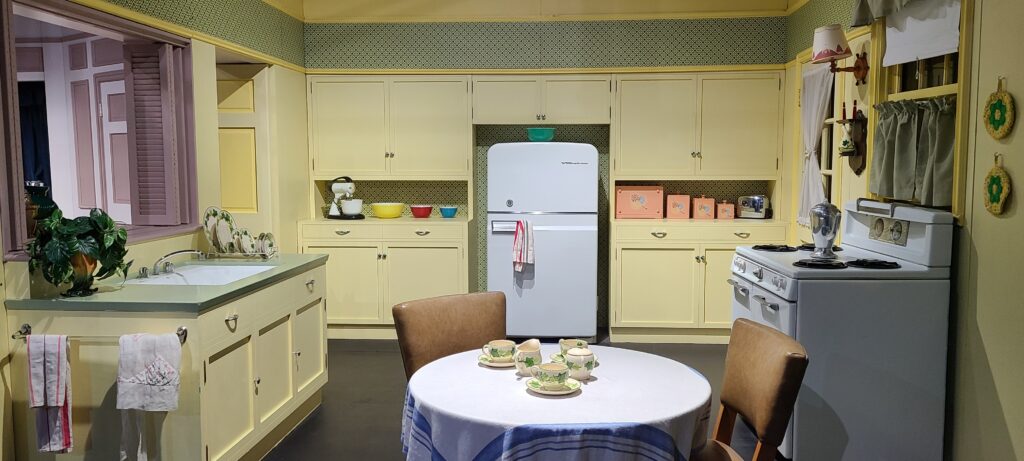
There is the option to pay a little extra to get photos of ourselves on the set of the sets, but we passed on that idea. There is a gift shop in each museum section. Each one is large, and we found a few reasonably priced souvenirs.
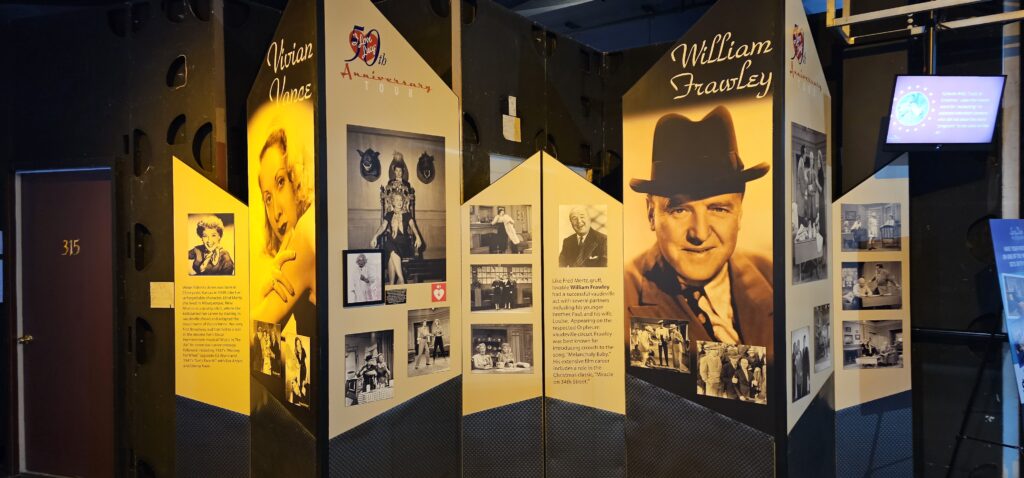
We would leave this place with a deeper appreciation of Lucille Ball Arnez than I had ever known. The museum was a touching tribute to this comedian.
- You can save money by purchasing a combined ticket for the Lucille Ball Desi Arnaz Museum and National Comedy Center.
- These two locations can be freely accessed through North American Reciprocal Museums membership.
- Check out my Featured Map for directions to the location and other nearby locations.
- Although it helps to know who Lucille Ball is when visiting this museum, the displays and information will be informative to anyone who has never seen her shows.
